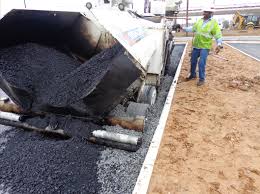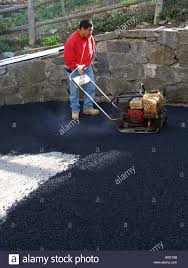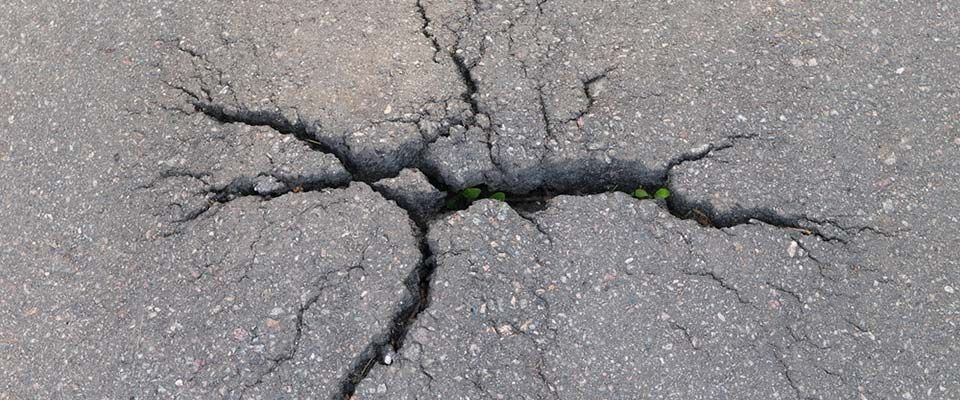Stopping and fixing potholes and asphalt splits
Asphalt troubles aggregate as black-top asphalts age and traffic pounds them. In the event that auspicious upkeep isn’t performed, upsets are intensified. Splits become potholes and potholes become holes.

This article utilizes data from “MS-16 Asphalt in Pavement Preservation and Maintenance” to give useful data about techniques, methodology and phrasing for appropriately fixing splits and fixing potholes. Tampa Asphalt driveway repair is best left to professionals but you can still help to maintain your driveway. As per Larry Galehouse, executive of the National Center for Pavement Preservation (NCPP), an ever increasing number of privately owned businesses and nearby street offices are leading instructional courses about strategies and methodology to keep up and protect black-top asphalts.

A decent time to do break fixing is the point at which a black-top street or road is in reasonable for good condition. Alongside appropriate waste, break fixing is presumably the absolute most significant upkeep movement. Most asphalt bothers can be identified with the interruption of water into the asphalt structure. On the off chance that water is kept out of the asphalt, most of bothers can be halted or deferred.
Break filling is finished with fluid black-top, reductions and black-top emulsions and is viewed as impermanent work. In this article, we will concentrate on break fixing.
Break fixing has two basic roles:
To keep unessential materials from entering the break and bringing about additional decay as the asphalt grows and contracts with temperature changes.
Break fixing where splits are dependent upon extension and withdrawal is finished utilizing an extraordinarily arranged hot-poured sealant. Contingent upon the atmosphere, the materials utilized, the asphalt conditions and the strategy utilized, break fixing will last three to eight years.
Hairline breaks

Breaks that are 1/8 inches (3 millimeters) or less in width are too little to even think about sealing adequately. On the off chance that there are various hairline splits over a huge region, at that point a surface seal, for example, haze seal, chip seal, slurry seal or sand seal ought to be utilized. The specific surface seal must be sufficiently liquid to stream into the all the hairline breaks.
Little, medium and enormous splits
Splits that are 1/8 inch or marginally bigger are generally steered to a width of ¿ inch or more prominent to give a repository to the sealant. The break is then cleaned and fixed. On the off chance that the splits are multiple inches down, a benefactor bar ought to be introduced to save sealant.
Breaks that are ½ inch to ¾ inch wide for the most part need just cleaning and fixing. Introduce a supporter pole if splits are multiple inches down. Breaks that are bigger than 3/4-inches wide ought to be loaded up with a black-top emulsion slurry seal, a hot blend black-top sand blend, or a hot-poured sealant.
The season when the break filling is done will influence the presentation of the sealant. Most airs out will and close, contingent upon the period of the year. Break fixing ought to be done when the splits are in their initial range, which for the most part compares to spring or fall. Splits filled in summer, when they are at least width, will be under-filled in the winter. Breaks filled in the winter, when they are at most extreme width, will be over-filled in the late spring and traffic may haul the split rounding material out of the break.